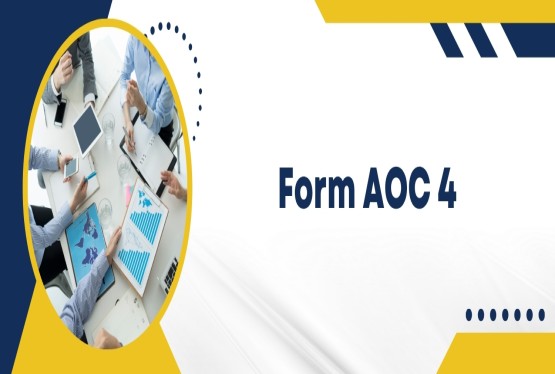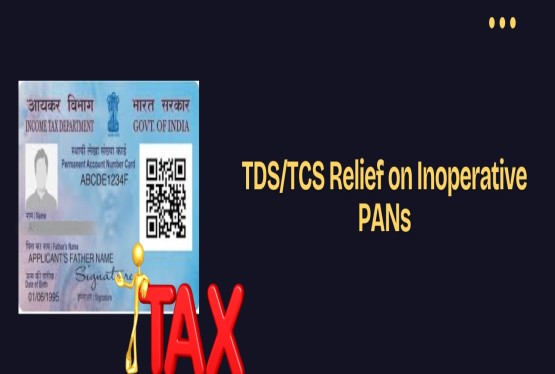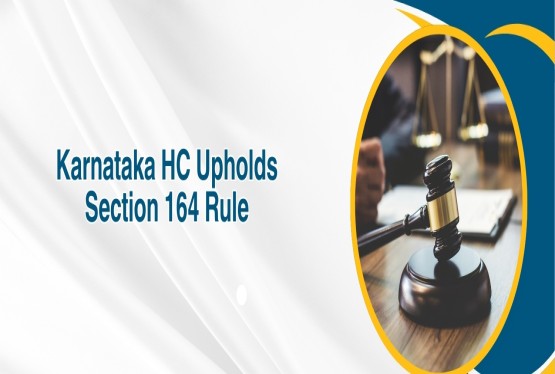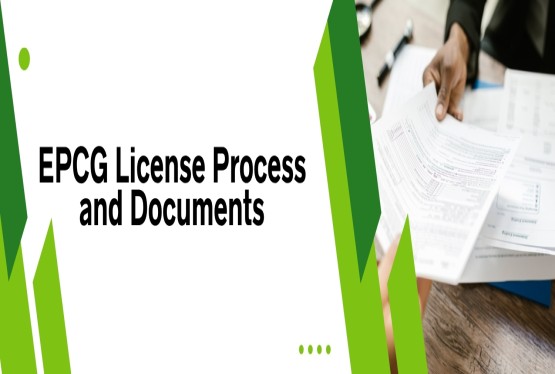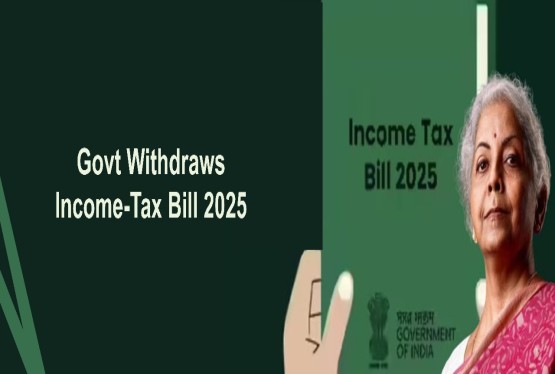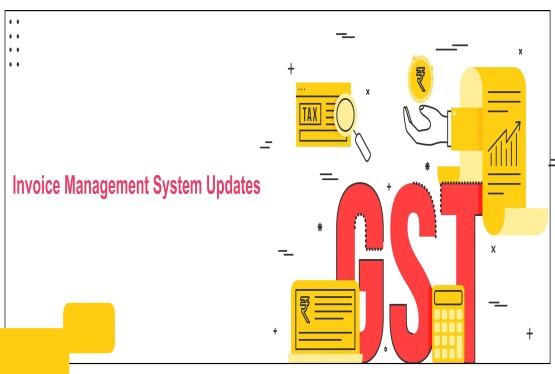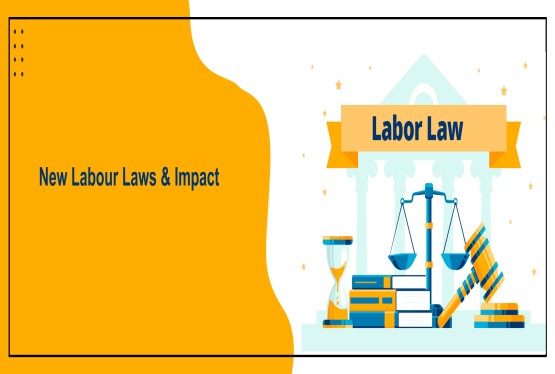When you file your income tax return, the Income Tax Department processes it and sends you an intimation detailing your submitted return and the department's calculations. If there's a discrepancy, such as a tax demand or a higher refund than what you claimed, you have two options: either agree with the demand and pay the tax or file a rectification request. This article provides a complete guide on filing a rectification request under Section 154(1) of the Income Tax Act.
What Errors Can Be Corrected by Filing Rectification?
A rectification request under Section 154(1) is specifically designed to correct apparent mistakes in your Income Tax Return. These are errors that are obvious and do not require extensive investigation. The types of errors that can be rectified include:
-
Errors of Fact: These are factual inaccuracies in your return.
-
Arithmetic Mistakes: Simple calculation errors.
-
Clerical Errors: Minor mistakes like typos or data entry errors.
-
Errors Due to Overlooking Compulsory Provisions of Law: Instances where mandatory legal provisions were unintentionally missed during the original filing.
Examples of Rectifiable Errors:
To illustrate, here are some common examples of errors that can be addressed through a rectification request:
-
Tax Credit Mismatch: Discrepancies between the tax credit claimed in your return and the actual tax paid (e.g., TDS mismatch).
-
Advance Tax Challan Details Mismatch: Incorrect details entered for advance tax payments.
-
Incorrect Gender Mentioned: A simple error in your personal details.
-
Additional Details Not Submitted for Capital Gains: If certain required details for capital gains were inadvertently omitted during the initial filing.
It's important to note that rectification requests should not be used for changing bank account or address details in your income tax return. These changes should be handled through other appropriate channels on the income tax portal.
When Can Rectification Be Filed?
A rectification request can only be filed for returns that have already been processed by the Centralized Processing Center (CPC) in Bangalore. It's important to understand the fundamental rule: if rectifying a 'mistake' leads to a change in your income, then a rectification should not be filed. In such cases, you should file a Revised Income Tax Return instead. Furthermore, you cannot claim new deductions or exemptions in a rectification return.
Who Can File Rectification?
A rectification return can be filed by:
-
The Person Filing the Return: The individual or entity who originally submitted the income tax return.
-
An Income Tax Authority: The income tax department itself can rectify a mistake that is apparent on the face of the record.
Should Rectification Be Filed Online?
Yes, for all e-filed returns, the rectification request must be submitted online through the official income tax portal.
How to File Rectification Online: A Step-by-Step Guide
Here's a detailed guide on how to file a rectification request under Section 154(1) online:
Step 1: Login to the Income Tax Website Begin by logging in to the official Income Tax e-filing website using your credentials.
Step 2: To the Rectification Section Once logged in, go to 'Services' in the main menu. From the dropdown menu, click on 'Rectification'.
Step 3: Initiate a New Request On the rectification page, click on the 'New Request' button.
Step 4: Select Order Passed and Assessment Year Now, select 'Order passed under' as 'Income Tax'. Then, from the dropdown menu, choose the relevant assessment year for which you intend to file the rectification. After selecting, click 'Continue'.
The portal offers different rectification types, each catering to specific kinds of corrections:
Rectification Type 1: Reprocess Return
Step 5(1): Select 'Reprocess the Return' If you believe there was an issue with the processing of your return and it needs to be reprocessed without any changes to your data, select 'Reprocess the Return' as the request type. You simply need to submit this request. After successful submission, you will be redirected to the e-verification page to complete the process.
Rectification Type 2: Tax Credit Mismatch
Step 5(2): Select 'Tax Credit Mismatch Correction' Choose this option if the rectification is specifically related to a tax credit mismatch. The system will automatically populate the schedules available in your processed return. This option allows you to edit or delete details within the following schedules:
-
Tax Deducted at Source (TDS) on Salary Details
-
Tax Deducted at Source (TDS) on Other than Salary Details
-
Tax Deducted at Source (TDS) on Transfer of Immovable Property/Rent
-
Tax Collected at Source (TCS)
-
Advance Tax or Self-Assessment Tax Details
After making the necessary edits, click on the 'Continue' button and then proceed to e-verify your request.
Rectification Type 3: Return Data Correction (Offline)/Rectify Return via Return Data Correction XML/JSON
This option is for rectifying your return by uploading a rectification XML/JSON file.
Important Points for XML/JSON Rectification:
You can submit a rectified JSON file only for the following activities:
-
Correcting your email ID, mobile number, or address.
-
Correcting the TAN or assessment year, challan number, or BSR code in 'Schedule TDS' or 'Taxes Paid'.
-
Correcting the bank account number or IFS code in your bank details.
-
Correcting any other detail in the return that does not result in a change in the gross total income or total income, or lead to an excess refund claim compared to the original return.
Activities for which you CANNOT submit a rectification return via XML/JSON:
-
Reporting Chapter VI deductions that were left out in the already filed return.
-
Claiming a loss in the rectification return that was missed out in the already filed return.
-
Claiming additional TDS credit or claiming a missed-out tax payment challan and subsequently claiming the tax credit/refund.
Process for XML/JSON Rectification:
There is no need to re-enter all entries into the latest offline utility. You can download the JSON file of your last filed return, import it into the government's IT Utility, and then make only the necessary corrections. Validate the XML/JSON file and re-upload the rectified XML/JSON. The process to generate a rectification XML/JSON file is identical to generating a regular return XML/JSON file.
After providing the reason for seeking rectification and uploading the XML/JSON file, click on the 'Submit' button. Remember to download the ARN (Acknowledgement Reference Number) copy for future reference. Upon successful submission, you will be directed to the e-verification page.
Response to Outstanding Demand if Rectification Return is Filed
After submitting your rectification JSON, you may need to respond to any outstanding demand.
-
From the dashboard, click on 'Response to Outstanding Demand' under the 'Pending Actions' tab.
-
Select the demand for which you have submitted a rectification return and click on 'Submit Response'.
If you agree with the demand:
-
Select the 'Demand is Correct' option.
-
Tick the disclaimer: 'Once you submit the response as Demand is correct, then you cannot Disagree with Demand later on.'
-
If you haven't paid yet, select 'Not paid yet' and click 'Pay Now'. You will be taken to the e-Pay Tax page to make the outstanding tax payment.
-
If you have already paid, select 'Yes Already paid and Challan has CIN'. Then, add the challan details: select 'Type of Payment' as 'Minor head', enter the challan amount, BSR code, challan serial number, and select the date of payment. Upload a copy of the challan (PDF) and click 'Save'.
If you disagree with the demand (either in full or part):
-
Click on 'Add reason' and select 'Rectification/Revised Return filed at CPC' as the reason.
-
Choose the specific reason for disagreement and enter the value of the demand for which you disagree.
-
If you are submitting a rectification return, enter the rectification return acknowledgment number.
-
Click on the 'Submit' button.
After submitting your response, you will receive a confirmation with a transaction ID. Save this transaction ID for all future communications with the CPC.
Conclusion
Filing a rectification request under Section 154(1) of the Income Tax Act provides a practical and efficient way to correct apparent mistakes in your processed income tax return. Whether it’s a simple clerical error, a tax credit mismatch, or an arithmetic miscalculation, the rectification process ensures that genuine errors can be promptly corrected without the need for a full revised return.
However, it is crucial to ensure that the error in question qualifies as an apparent mistake and does not involve substantial changes in income, new deductions, or exemptions—such situations require filing a revised return instead. By following the step-by-step online rectification process on the income tax portal, taxpayers can correct their returns, respond to outstanding demands, and ensure their tax records remain accurate and compliant.
In summary, timely identification and correction of errors through rectification can save taxpayers from potential penalties, interest, and compliance issues. Always review your processed return carefully, and if a mistake is found, use the appropriate rectification mechanism to resolve it efficiently.
Frequently Asked Questions (FAQs)
Q1. What is a rectification request under Section 154(1) of the Income Tax Act?
Ans. A rectification request is a formal request to correct apparent mistakes in a processed income tax return. These are obvious errors like clerical mistakes, tax credit mismatches, or arithmetic errors that do not require a detailed investigation.
Q2. When should I file a rectification request instead of a revised return?
Ans. You should file a rectification request only when the mistake is an apparent error (e.g., TDS mismatch, incorrect gender). If the correction leads to a change in income, new deductions, or exemptions, you should file a revised return instead.
Q3. Can I file a rectification request online, and how?
Ans. Yes, rectification requests must be filed online for e-filed returns. Log in to the Income Tax e-filing portal, navigate to the ‘Rectification’ section under ‘Services’, select the appropriate rectification type, and submit your request after e-verification.
Q4. Can I change my bank account or contact details through a rectification request?
Ans. No. Rectification requests under Section 154(1) are not meant for updating personal information like bank account details or addresses. These should be updated separately through the income tax portal’s profile section.
Q5. How do I respond to an outstanding demand after submitting a rectification request?
Ans. After filing your rectification request, log in to the portal, select ‘Response to Outstanding Demand’ under the ‘Pending Actions’ tab, choose the relevant demand, and submit your response. You can either agree and pay the demand or disagree by citing the rectification reference.








_crop10_thumb.jpg)


















































































_for_FY_2025-26_crop10_thumb.jpg)



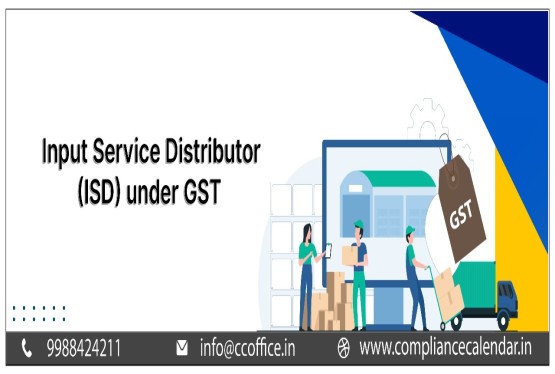








_learn_crop10_thumb.jpg)








_Filing_Due_Dates_for_FY_2024-25_learn_crop10_thumb.jpeg)
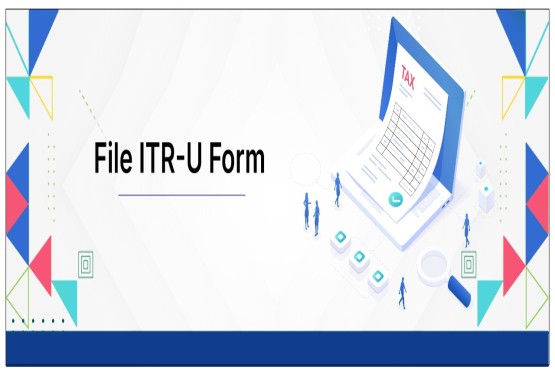

























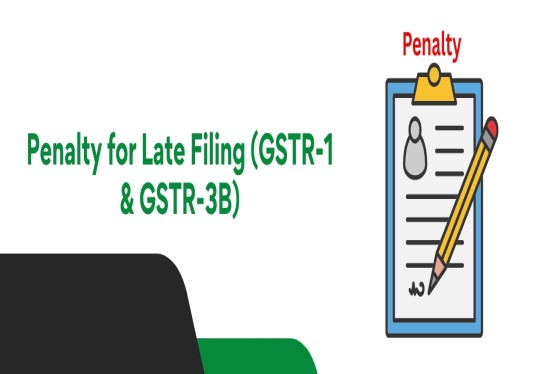












_of_GST_Act_learn_crop10_thumb.jpg)










_Under_GST_learn_crop10_thumb.jpg)









_crop10_thumb.jpg)


_crop10_thumb.jpg)






_learn_crop10_thumb.jpg)






















_of_the_Income_Tax_Act_learn_crop10_thumb.jpg)



_learn_crop10_thumb.jpg)
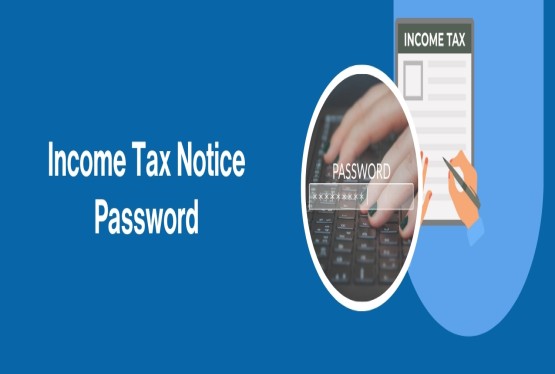





_learn_crop10_thumb.jpg)






_crop10_thumb.jpg)



















_in_The_Income_Tax_Act,_1961_learn_crop10_thumb.jpg)



_learn_crop10_thumb.jpg)



_of_the_Income_Tax_Act_learn_crop10_thumb.jpg)


_Of_Income_Tax_Act_learn_crop10_thumb.jpg)








_learn_crop10_thumb.jpg)








_learn_crop10_thumb.jpg)
_crop10_thumb.jpg)






















_learn_crop10_thumb.jpg)
_for_Import_and_Export_learn_crop10_thumb.jpg)









